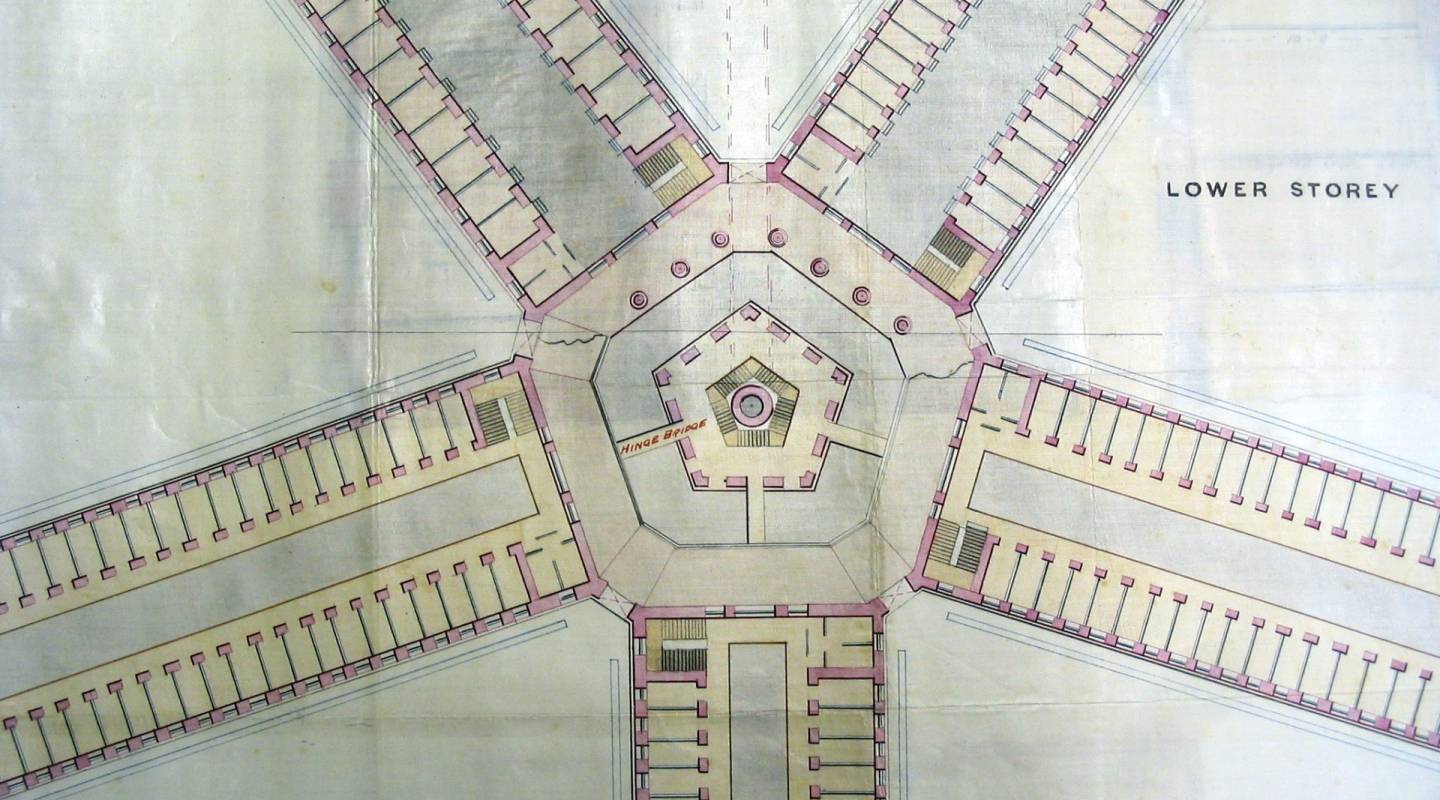
Singapore
Capital city — Singapore
Introduction
Country population
5,680,779
Type of government
Unicameral parliamentary
Human Development Index
0.925
i
2016
/ UNDP